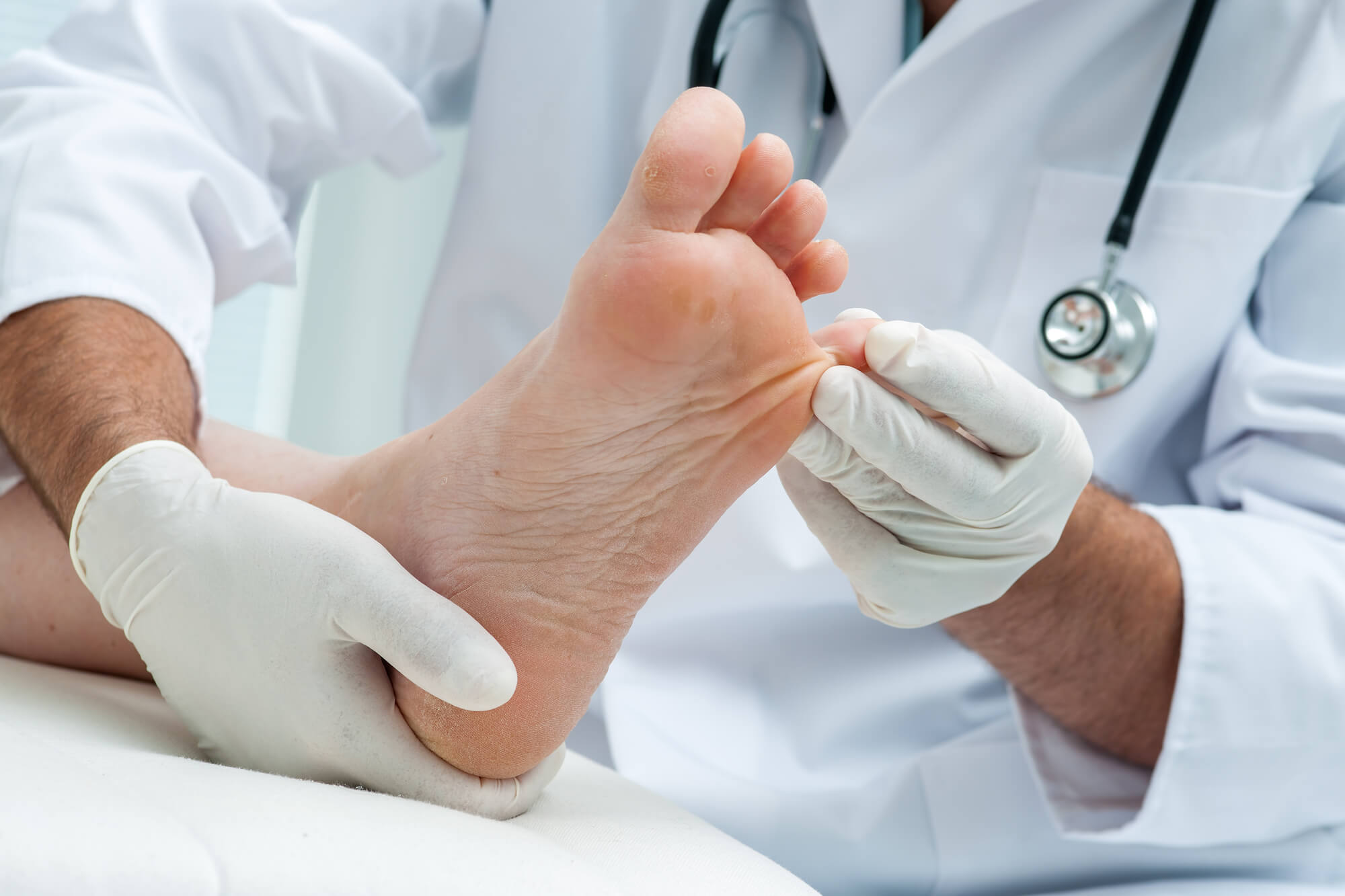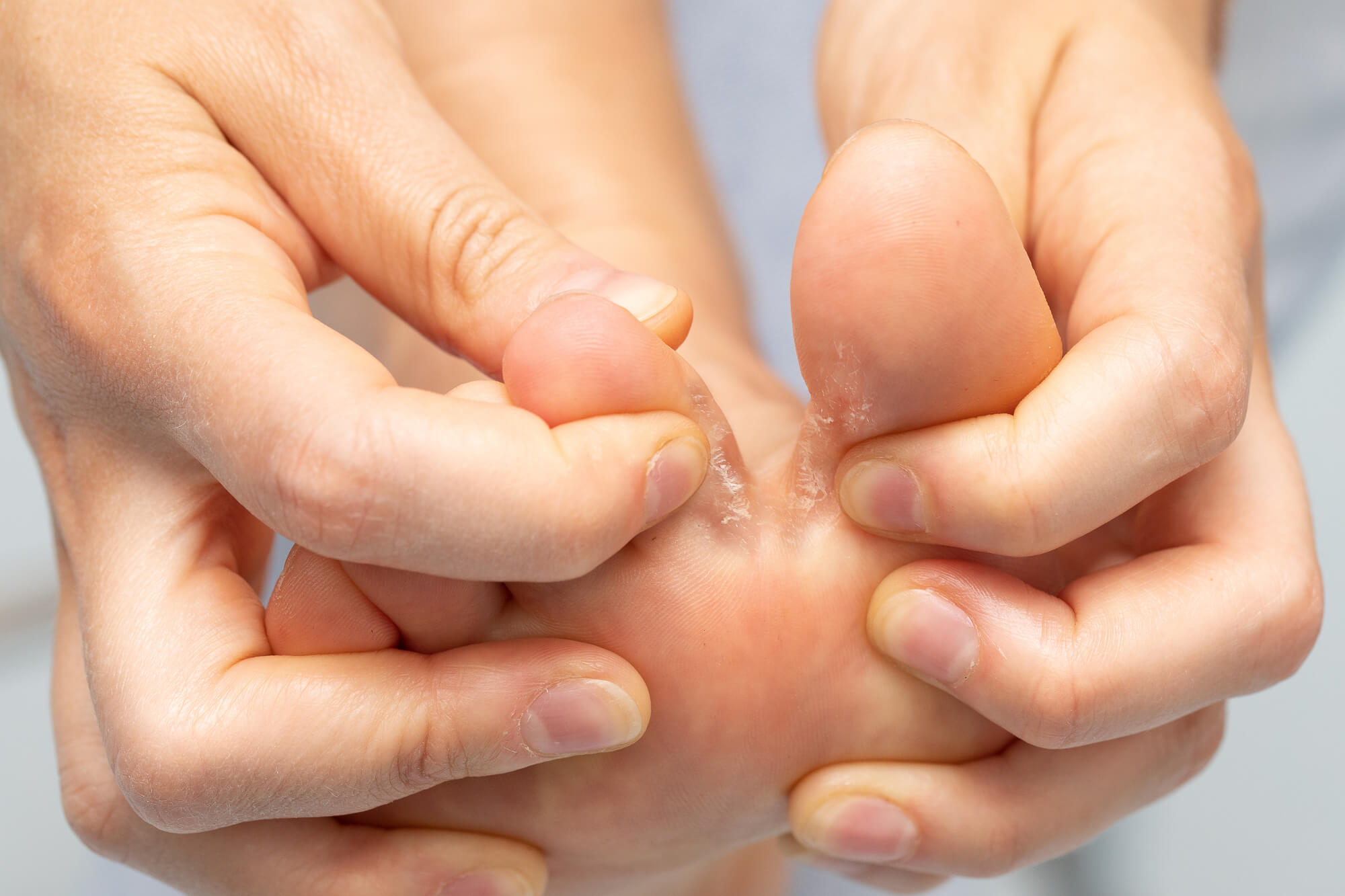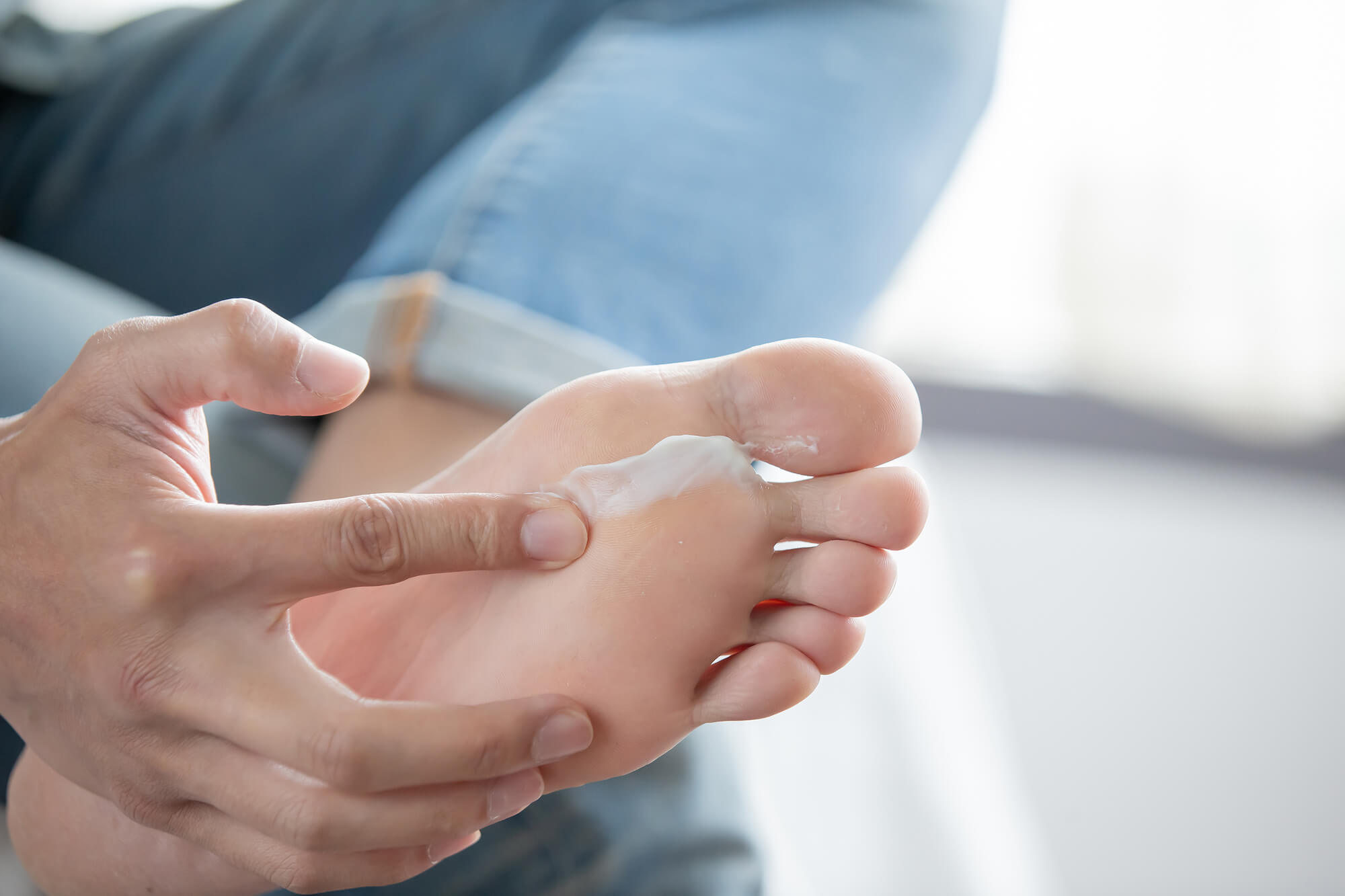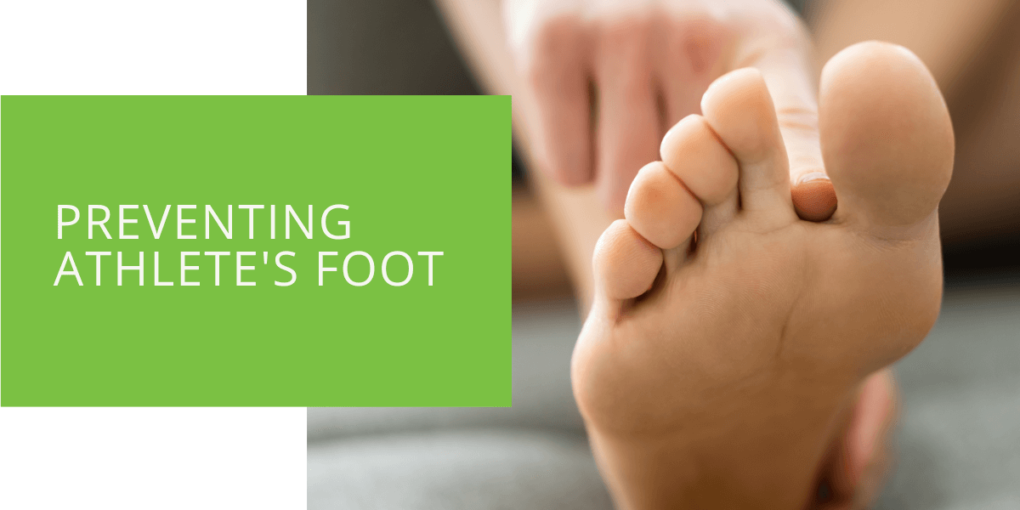Preventing Athlete’s Foot: A Comprehensive Guide
Athlete's foot, also known as tinea pedis, is a common fungal infection that affects the skin on the feet. It is caused by a fungus that thrives in warm, moist environments and can lead to itching, redness, scaling, and peeling of the skin. This article will discuss the causes, risk factors, and effective prevention methods for this common fungal infection. So, whether you're a runner, swimmer, or gym-goer, learn how to protect your feet and prevent athlete's foot.
How to Prevent Athlete's Foot
Keep Your Feet Clean and Dry
The key to preventing athlete's foot is to keep your feet clean and dry. Wash your feet daily with soap and water, and dry them thoroughly, especially between the toes.
Wear Breathable Shoes and Socks
Wear shoes and socks that allow your feet to breathe. Avoid wearing tight or synthetic shoes, and opt for shoes made of breathable materials, such as leather or canvas. Change your socks at least once a day and wear moisture-wicking socks.

Change Your Socks and Shoes Regularly
Change your socks and shoes regularly, especially if you're prone to sweating. This will help keep your feet dry and reduce the risk of developing fungal infections. It's also a good idea to alternate between different pairs of shoes, as this allows shoes to dry out completely and reduces the build-up of fungus.
Use Antifungal Powder or Spray
Using an antifungal powder or spray on your feet can help to reduce the risk of developing athlete's foot. These products kill the fungus that causes the infection and prevents its growth. Many over-the-counter options are available, or you can ask your podiatrist for a recommendation.
Practice Good Hygiene
Practicing good hygiene can help to prevent the spread of athlete's foot. Avoid sharing shoes or socks with others, and use shower shoes or flip-flops when in communal showers or near swimming pools. Be sure to wash your hands after touching your feet or shoes, and avoid scratching the affected area.

What is Athlete's Foot, and How is it Caused?
Athlete's foot is a fungal infection that affects the skin on the feet. It is caused by a type of fungus called dermatophytes, which live on the dead tissue of the hair, nails, and outer skin layers.
The fungus that causes athlete's foot thrives in warm, moist environments. This is why locker rooms, swimming pools, and communal showers are common places to contract the infection. Walking barefoot in these areas, wearing tight or synthetic shoes, and having sweaty feet can all increase the risk of developing athlete's foot.
Risk Factors for Developing Athlete's Foot
- Sweaty feet: Sweaty feet provide the perfect breeding ground for the fungus that causes athlete's foot. The warm, moist environment allows the fungus to thrive and multiply. This is why people who sweat more than others are more at risk of developing the infection.
- Wearing tight or synthetic shoes: Wearing tight or synthetic shoes can increase the risk of developing athlete's foot. These shoes trap moisture and heat, creating a warm and moist environment that allows the fungus to thrive.
- Walking barefoot in public places: Walking barefoot in public places, such as locker rooms, swimming pools, and communal showers, can increase the risk of contracting athlete's foot. The fungus can live on surfaces in these areas and can be easily contracted by walking barefoot.
- Having a weakened immune system: People with weakened immune systems are more susceptible to fungal infections, such as athlete's foot. If your immune system is compromised, you may be more likely to develop the infection and have a harder time fighting it.

See a Doctor if Symptoms Persist
If you think you have athlete's foot, see a podiatrist. They will be able to diagnose the condition and advise on treatment options. They may recommend topical or oral antifungal medications and can also advise on how to keep your feet dry and prevent future infections.
Conclusion
Athlete's foot is a common fungal infection that can be prevented by keeping your feet clean and dry, wearing breathable shoes and socks, changing your socks and shoes regularly, using antifungal powder or spray, practicing good hygiene, and seeing a doctor if symptoms persist. Following these guidelines can reduce your risk of developing athlete's foot and keep your feet healthy and happy. If you're experiencing itchy, red, or painful feet, or notice any changes to your toenails, see a podiatrist as soon as possible. They can provide treatment options to help alleviate symptoms, prevent future infections and help you keep your feet comfortable.
FAQ
Why do I keep getting athlete's foot?
Athlete's foot can be a recurrent condition because the fungus that causes it can survive on surfaces and can be easily contracted again. Additionally, if not all of the fungus is eliminated during treatment, or if a person does not practice adequate prevention methods, the infection can reoccur.
How do you prevent athlete's foot naturally?
Preventing athlete's foot naturally can include keeping your feet clean and dry, wearing breathable shoes and socks, and avoiding walking barefoot in public places. You can also use natural remedies such as tea tree oil or apple cider vinegar as antifungal agents, but it is important to speak with your doctor or podiatrist before using these remedies.
Can you get rid of athlete's foot permanently?
Athlete's foot can typically be treated and eliminated with antifungal medication, but it is not always possible to get rid of it permanently. To prevent reoccurrence, it is important to maintain good hygiene practices and take steps to keep the feet dry and protected.
What happens if you have athlete's foot for too long?
If athlete's foot is left untreated, the fungus can spread to the toenails and cause toenail fungus. The infection can also spread to other body parts, such as the hands and groin if it comes into contact with those areas. Additionally, if left untreated, the infection can become more severe and lead to cracking, bleeding, and skin thickening.
What is the strongest treatment for athlete's foot?
The strongest treatment for athlete's foot will vary depending on the severity of the infection and the individual's medical history. Over-the-counter antifungal creams and powders are generally effective for mild cases, but prescription medication may be necessary for severe or recurrent cases. Your podiatrist can recommend the most appropriate treatment plan for you.

